‘And perhaps this is the whole difference; perhaps all wisdom, and all truth, and all sincerity, are just compressed into that inappreciable moment of time in which we step over the threshold of the invisible.’ The ultimate meaning of this novella, most literary critics agree, is ‘suspected rather than seen’ (Ridley, 43).
Knowledge and crisis are guiding themes throughout Joseph Conrad’s modernist novella, Heart of Darkness (1899), a classic tale which follows the sailor, Charles Marlow, on a journey deep into the Congo in order to find Mr. Kurtz, a mysterious ivory trader who has given himself over to dark spirits and ambition. Charles Marlow is a seafarer with a philosophic and contemplative temperament. He is one in search of knowledge, filled with fascination, and ready to follow a feeling or an idea wherever it leads, even if darkness follows. While these two concepts, knowledge and crisis, on their face, appear in tension, Conrad combines them in his text in unexpected ways, leading to a fruitful exploration of knowledge-gaining and the ideal of wisdom itself.
The ultimate meaning of this novella, most literary critics agree, is ‘suspected rather than seen’ (Ridley, 43). Marlow’s meditation on Ancient Rome in the beginning of the narrative sets an interpretive scene for the phantasmagoric and hostile world of the Congo River. He imagines the Romans coursing through Britain, ‘Land[ing] in a swamp, march[ing] through the woods’, much as he was to do:
all that mysterious life of the wilderness that stirs in the forests, in the jungles, in the hearts of wild men. There's no initiation either into such mysteries. He has to live in the midst of the incomprehensible, which is also detestable. And it has a fascination, too, that goes to work upon him. The fascination of the abomination [...]
The ‘fascination of the abomination’, Marlow muses, that was upon Britain in ‘very old times, when the Romans first came here’ (Conrad, 6), holds sway throughout the novella, holding the colonials in a vice grip of fear and horror as they journey deeper into the jungle along the serpentine river. The ‘abomination’ appears to be a cryptic reference to a series of apocalyptic visions in the biblical Book of Daniel, from chapter’s 9 and 11, wherein an ‘abomination that desolates’ plagues the Jewish people (Daniel 9,11, NRSV, emphasis added). Indeed, there are numerous examples of apocalyptic symbolism throughout Conrad’s text which are lifted from the Hebrew Bible. Often in the narrative, great insight is preceded by an internal crisis, or apocalypse, of sorts. The English word, Apocalypse, comes from the Greek apokálypsis, originally meaning something like a ‘revealing’ or an ‘unveiling’ (Ehrman, 27), although in our contemporary lexicon it has mostly become associated with mere destruction. However, the noun’s ancient meaning survives in some form to this day (for example, in the revelatory character of St. John’s Apocalypse, the Book of Revelation, in the New Testament.). Apocalypses perform a similar function in the jungle of Marlow’s mind and experience as he treks along his route towards the source, on into the heart of nature.
The ‘great river’ (36) which Marlow and his small crew follow to eventually locate the elusive Mr. Kurtz, deep in the heart of the Congo, is similarly described in mythological terms:
"Going up that river was like travelling back to the earliest beginnings of the world, when vegetation rioted on the earth and the big trees were kings." (41)
Notice Conrad’s ancient phrasing, revealing his fascination with first things and mysterious beginnings. For Conrad, the world was not brought forth through joyful song and dance, or even in the manner of an orderly procession of contingencies supervised by a rational, benevolent deity. The world of Marlow’s experience in this setting was violent and dark, almost hallucinatory in its strangeness. And as the protagonist ‘penetrated deeper and deeper into the heart of darkness’, (43) he could not help but contemplate the unhallowed ancientness of the strange earth that surrounded him:
We were wanderers on a prehistoric earth, on an earth that wore the aspect of an unknown planet. We could have fancied ourselves the first of men [...] We could not understand, because we were travelling in the night of the first ages of those ages that are gone, leaving hardly a sign—and no memories. (43-44)
Additionally, images of darkness hold a conceptual priority for Conrad, and such images are by no means a deviation from the novella’s apocalyptic tone. The New Testament, with which Conrad was deeply familiar, speaks about ‘the darkness of this world’ (Eph: 6:12, KJV), and of the sinner being ‘cast […] into outer darkness’, where there is ‘weeping and gnashing of teeth’ (Mt. 20:30, KJV). Later in the text, Marlow describes the elusive ivory trader, Mr. Kurtz, as one covered with an ‘impenetrable darkness’ (86), who ‘presid[ed] at certain midnight dances’ with the natives, which ‘end[ed] with unspeakable rites (61). The association of Kurtz, and of those native peoples in the heart of the Congo, with the demonic and occult is a persistent motif throughout the text. In the novella’s climax, Marlow describes a murmuring crowd of natives, approaching a dying Kurtz, as performing a kind of ‘satanic liturgy’ (Conrad, 84). John Tessitore notes that one can hear the echoes of Milton’s Satan, who famously declared that it was ‘[b]etter to reign in Hell, than serve in Heav'n,’ having become ‘mingled’ with the voice of Kurtz (Youseff, 37), who, according to Marlow, ‘had taken a high seat amongst the devils of the land.’ (Conrad, 60). Setting aside the obvious colonial assumptions on display among Marlow and his crew, wherein native peoples are viewed as devils and dark spirits, I believe there is a powerful point to Conrad’s images, perhaps revealing the darkness of deeply rooted psychological states, or of the perennial human fascination with the unsettling and strange, the occult and unfamiliar.
Aside from the novella’s mythological explorations, another aspect to the text I found particularly intriguing was its handling of wisdom and true knowledge. For Marlow, wisdom is the attainment of full knowledge in the final moments of a mortal life. While the ‘life sensation of any given epoch of one’s existence—that which makes its truth, its meaning’, is, Marlow admits, ‘impossible to define’ (33), he cannot but allow for the possibility, in the novella’s climax, that it was possible to attain a ‘supreme moment of complete knowledge’ at the moment of death (86). This philosophy is most explicitly on display in the death of Kurtz, the one coated with ‘impenetrable darkness’. There, in the moment of death, where the darkness is most pronounced, where we are ultimately alone, is, for Conrad, where the burdens of life are stripped away and the truth is revealed. For Kurtz, in this penultimate moment, he receives a ‘knowledge of the unknowable, the numina, too great for mortals to withstand’ (Tessitore, 39, emphasis added). Marlow’s final encounter with the doomed ivory trader, as he lay sickly and weak in the cabin of his boat, is revealing, and worth quoting at length:
"One evening coming in with a candle I was startled to hear him [Kurtz] say a little tremulously, 'I am lying here in the dark waiting for death.' The light was within a foot of his eyes. I forced myself to murmur, 'Oh, nonsense!' and stood over him as if transfixed. [...] Anything approaching the change that came over his features I have never seen before, and hope never to see again. Oh, I wasn't touched. I was fascinated. It was as though a veil had been rent. I saw on that ivory face the expression of sombre pride, of ruthless power, of craven terror—of an intense and hopeless despair. Did he live his life again in every detail of desire, temptation, and surrender during that supreme moment of complete knowledge? He cried in a whisper at some image, at some vision—he cried out twice, a cry that was no more than a breath— 'the horror! the horror!' (86).
This is no deathbed conversion, but a final appreciation of an overwhelming darkness; a final knowledge attained only through the passing over of the most devastating moment of one’s lifespan, a moment which Kurtz feels as “horror! the horror!” (86, emphasis added). If, as Marlow suggests, ‘such is the form of ultimate wisdom’—that it is attainable only through death—‘then life is a greater riddle than some of us think it to be’:
‘And perhaps this is the whole difference; perhaps all wisdom, and all truth, and all sincerity, are just compressed into that inappreciable moment of time in which we step over the threshold of the invisible’ (89).
Works cited:
Conrad, Joseph. Heart of Darkness. Edited by Robert Hampson and Owen Knowles, Penguin Classics, 2007.
Ehrman, D. Bart. “Armageddon: What the Bible Really Says About the End.” New York: Simon & Schuster, 2023.
Ridley, Florence H. “The Ultimate Meaning of ‘Heart of Darkness.’” Nineteenth-Century Fiction, vol. 18, no. 1, 1963, pp. 43–53. JSTOR.
Tessitore, John. “Freud, Conrad, and ‘Heart of Darkness.’” College Literature, vol. 7, no. 1, 1980, pp. 30–40. JSTOR.
Yousef, Tawfik. “Imagery in Conrad’s ‘Heart of Darkness.’” The Conradian, vol. 7, no. 1, 1982, pp. 22–32. JSTOR.





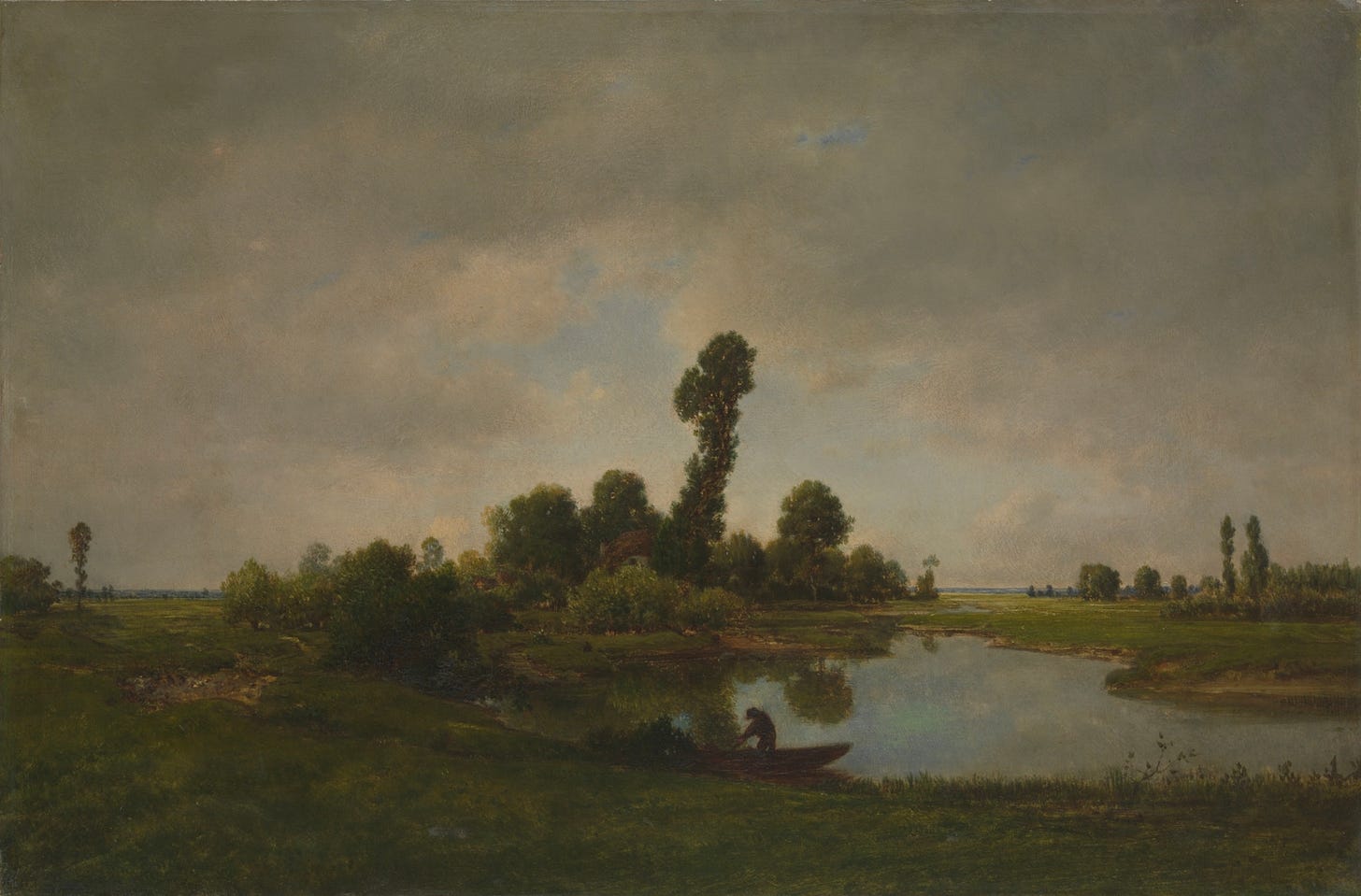

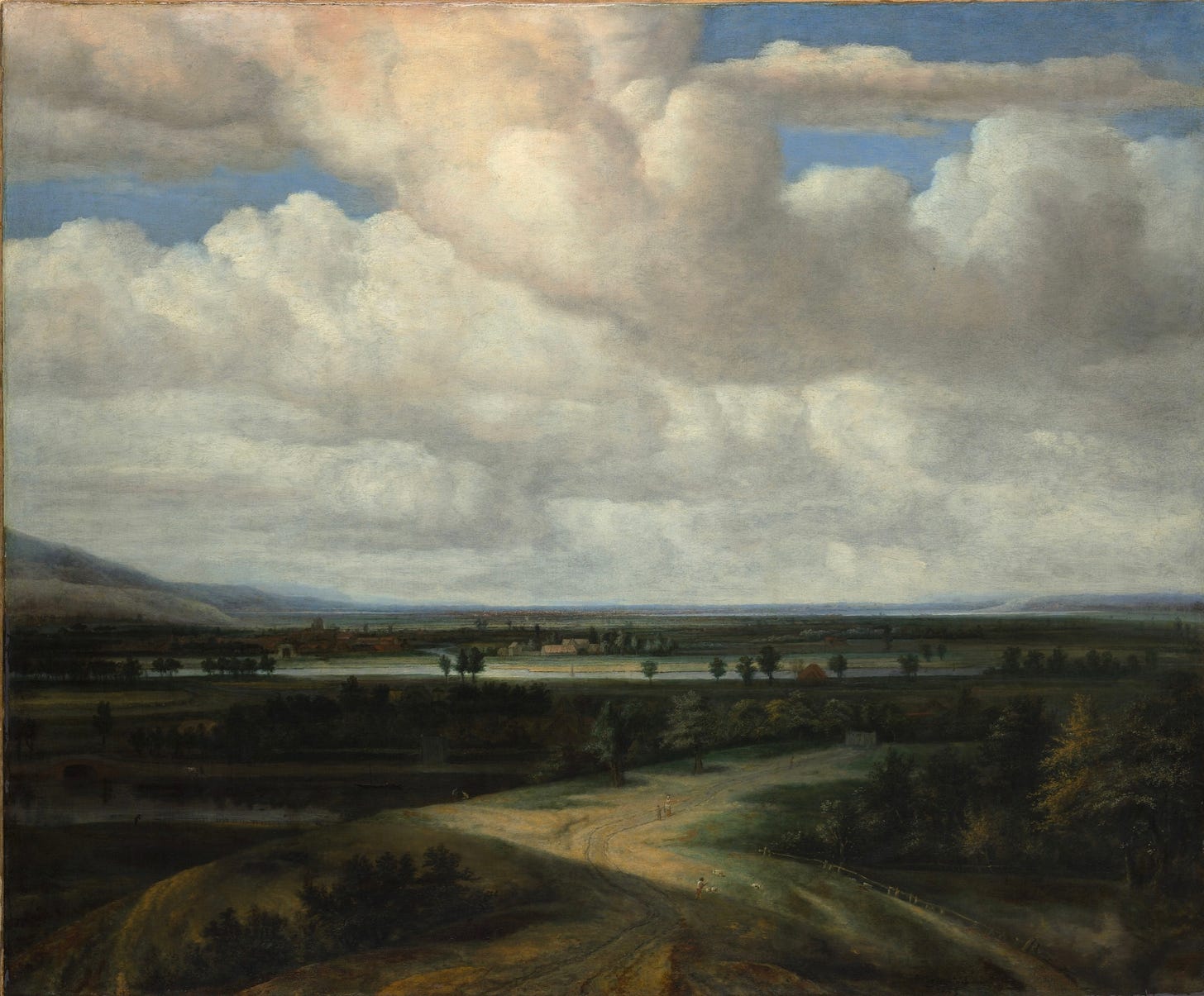
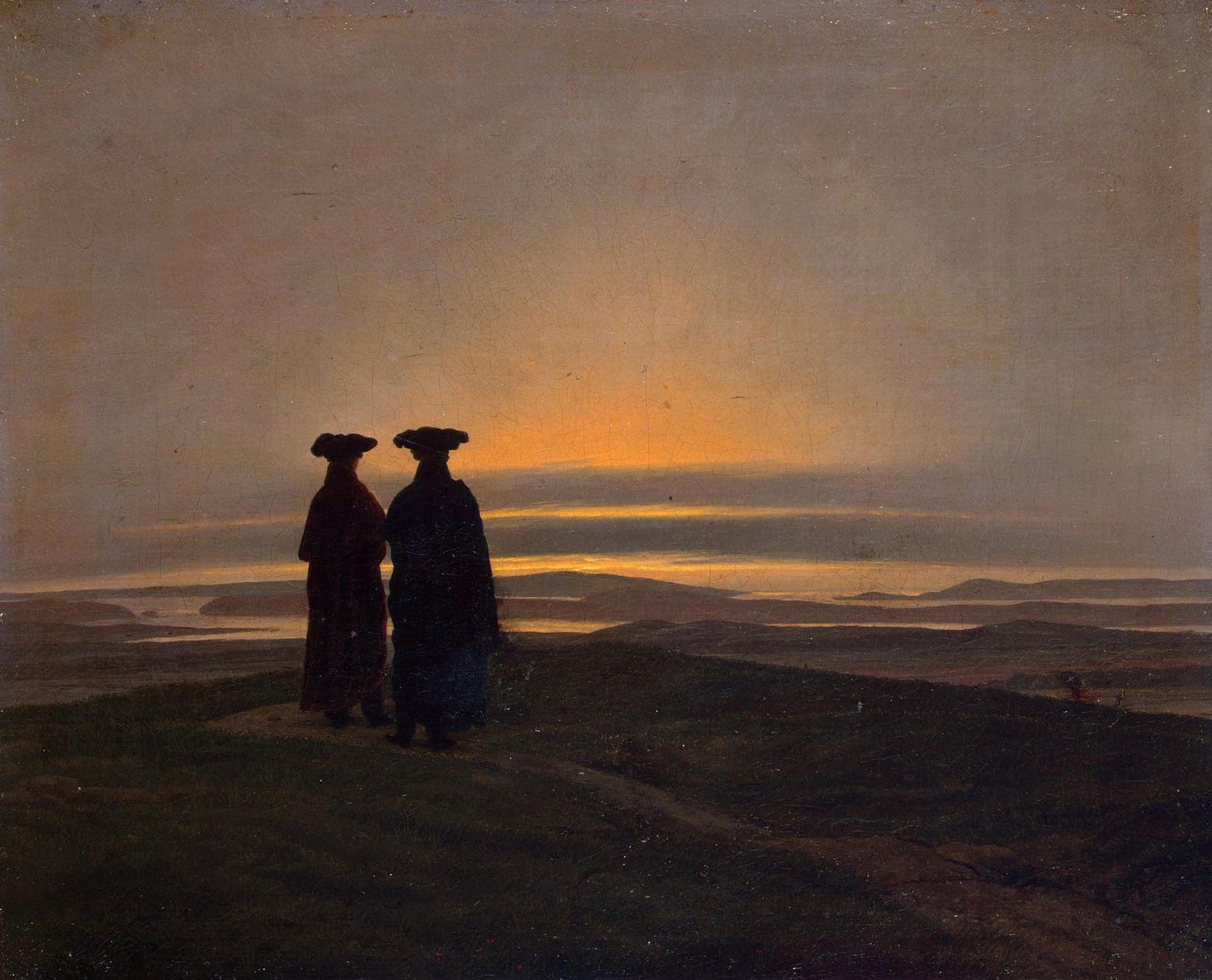
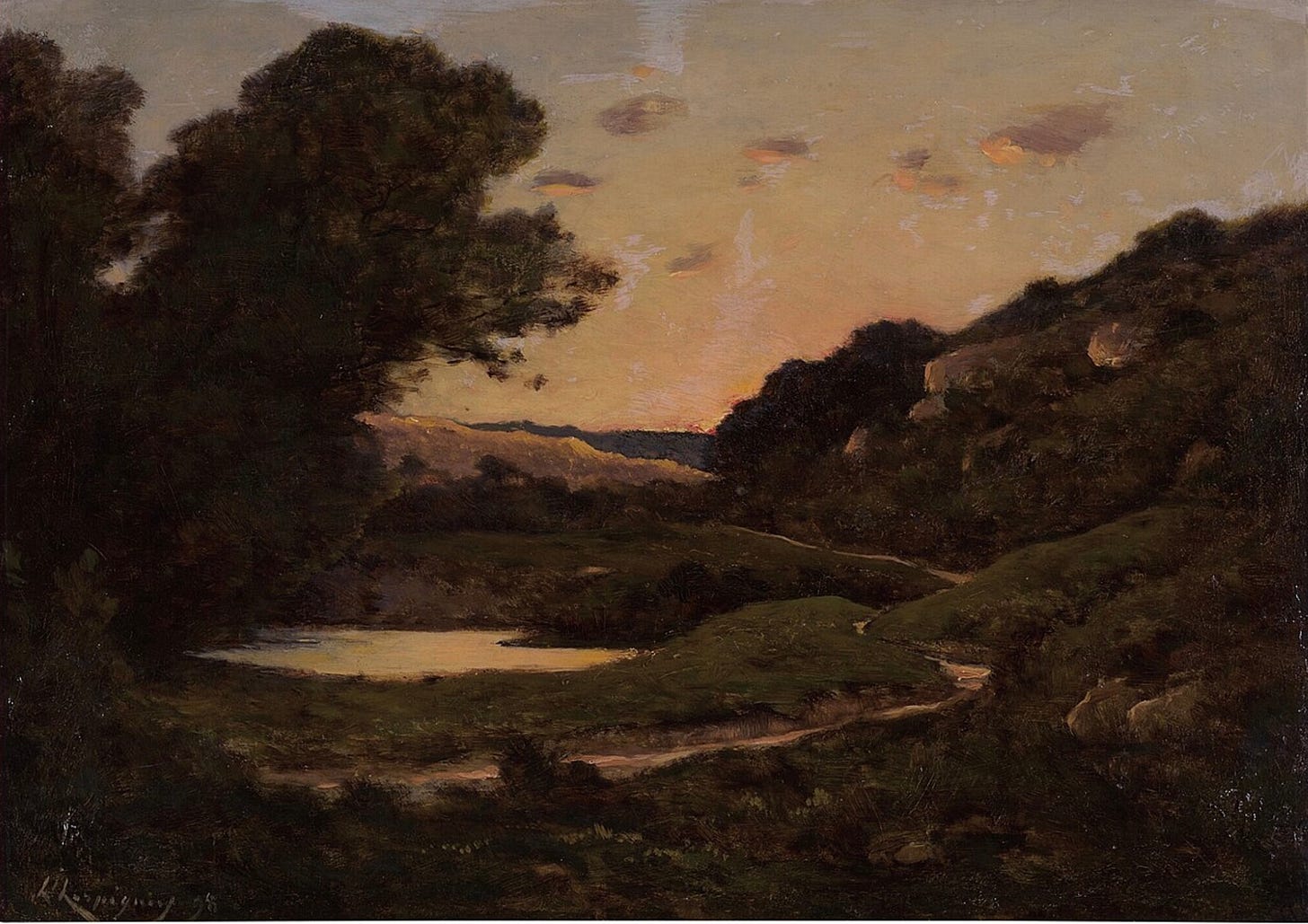
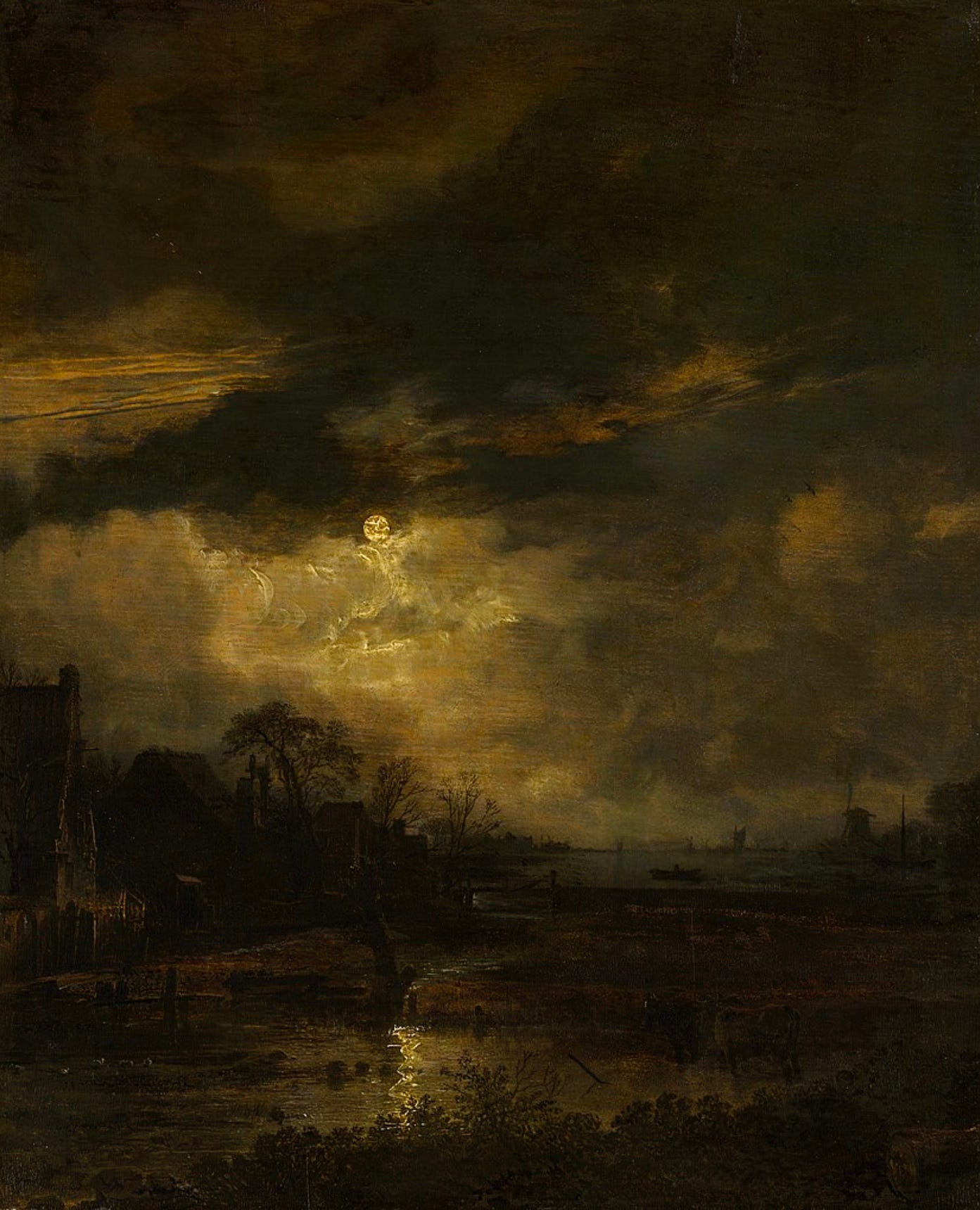
Came from Instagram and stayed for the literature! I can say I was not disappointed. So glad I discovered this. Thank you for sharing.
It’s a difficult book to grasp from almost every perspective. Conrad doesn’t hand you simple answers. One of his is one of my favorite novels of all called “Nostromo”. Very powerful.